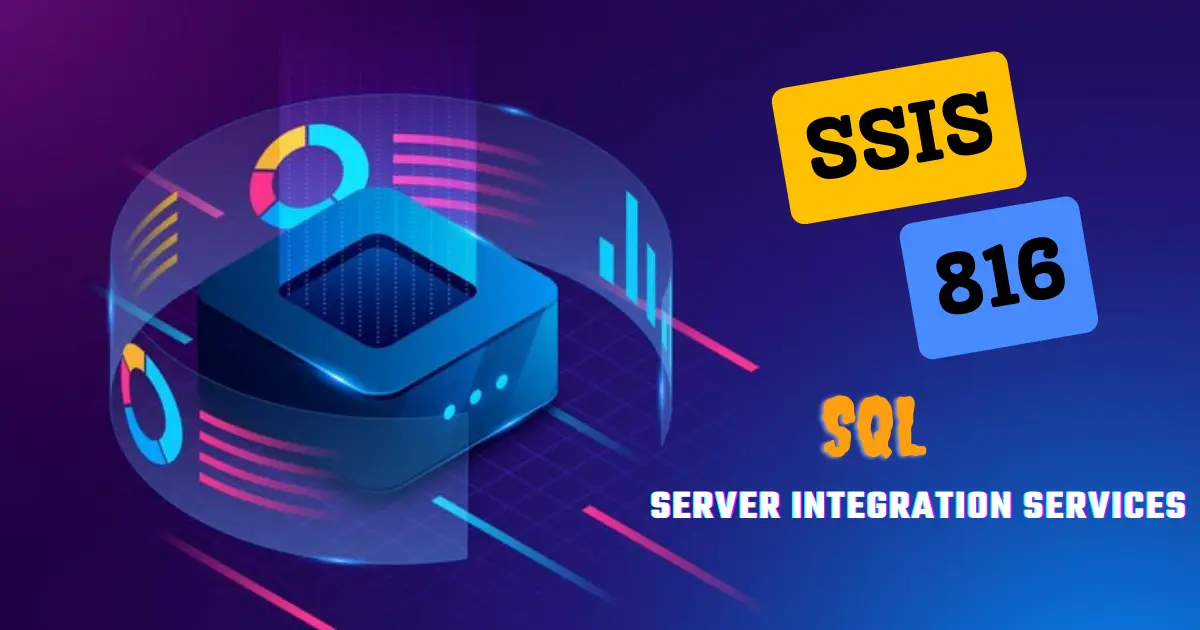Understanding the Basics
In the realm of digital dialogues, SSIS 816 stands out as a vital component, offering a plethora of functionalities for both novices and seasoned users. Let’s embark on a journey to unravel the mysteries of SSIS 816 and explore its significance in the digital landscape.
What is SSIS 816?
SSIS, which stands for SQL Server Integration Services, is a robust data integration tool developed by Microsoft. SSIS 816, also known as SQL Server Integration Services version 816, represents a specific iteration of this powerful platform. It provides users with the ability to create, deploy, and manage data integration solutions seamlessly.
Navigating SSIS 816: A Beginner’s Guide
Installation and Setup
Getting started with SSIS 816 is relatively straightforward. Users can install the SQL Server Integration Services package as part of the SQL Server installation process. Once installed, configuring SSIS projects and packages is done through the SQL Server Data Tools (SSDT) integrated development environment.
Creating Data Integration Solutions
One of the primary functions of SSIS 816 is to facilitate the creation of data integration solutions. Users can design SSIS packages to extract, transform, and load (ETL) data from various sources into destination systems. The intuitive drag-and-drop interface makes it easy to design complex data workflows without the need for extensive coding.
Executing and Monitoring Packages
Once SSIS packages are created, users can execute them to perform data integration tasks. SSIS816 provides robust logging and monitoring capabilities, allowing users to track package execution, troubleshoot errors, and ensure data integrity throughout the process.
Advanced Features and Best Practices
Scripting and Custom Components
For users seeking advanced functionality, SSIS816 supports scripting and the development of custom components. By leveraging scripting languages such as C# or VB.NET, users can extend SSIS functionality to meet specific business requirements.
Performance Optimization
Optimizing SSIS package performance is essential for efficient data integration. Users can implement best practices such as parallel processing, data partitioning, and index optimization to enhance performance and scalability.
Conclusion: Harnessing the Power of SSIS 816
SSIS 816 serves as a versatile tool for data integration, catering to the needs of beginners and experienced professionals alike. By understanding its core functionalities and leveraging advanced features, users can streamline data workflows and unlock new possibilities in the digital realm.
FAQs
Is SSIS 816 suitable for small businesses?
Yes, SSIS816 is suitable for businesses of all sizes, offering scalable data integration solutions tailored to specific needs and budgets.
Can I migrate existing packages to SSIS 816?
Yes, existing packages can be migrated to SSIS816 with minimal effort, ensuring continuity and compatibility with newer versions.
Does SSIS816 support cloud integration?
Yes, SSIS816 provides seamless integration with cloud platforms such as Azure, enabling hybrid data integration solutions for modern enterprises.
Are there training resources available for learning SSIS816?
Yes, Microsoft offers comprehensive training resources and documentation for SSIS816, including tutorials, online courses, and community forums.
Is SSIS816 compatible with other Microsoft products?
Yes, SSIS816 integrates seamlessly with other Microsoft products such as SQL Server, Azure, and Power BI, enabling end-to-end data solutions within the Microsoft ecosystem

